
Garden Lesson:
Worms
Set up the lesson
Ask Questions
Below are example questions that can help guide your conversation. These questions can be tailored to the age of your children. More details for grade-specific vocabulary words and topics can be found in the education standards links at the bottom of this page. A printer friendly copy of the lesson with more content and an activity sheet is linked below, as well.
- What is decomposition? When a plant, animal, or insect dies, it is broken down into tiny pieces and becomes part of the soil. The dead matter is broken down into simple organic substances that can be reused by living organisms.
- What is composting? Mixing dead leaves, grass clippings, and food waste together so they decompose and turn into fertilizer that helps plants grow. Vermicomposting is using worms to help decompose organic matter in compost.
- What is an ecosystem? A healthy ecosystem has multiple species each able to meet their needs in a stable web of life. The different plants and animals in an ecosystem all depend on each other to survive.
- What is a food chain/food web? Some animals eat plants for food and other animals eat the animals that eat plants. How do worms fit in the food chain? They eat nutrients in the soil while birds/other animals eat them. Worms also make the soil healthy which helps plants grow & those plants feed other animals.
- Recap: Why are worms important? They dig tunnels in the soil and mix it up so it's easy for plant roots to grow and get water. They eat organic waste and turn it into fertilizer for plants. They're an important part of the ecosystem and the food chain/web.
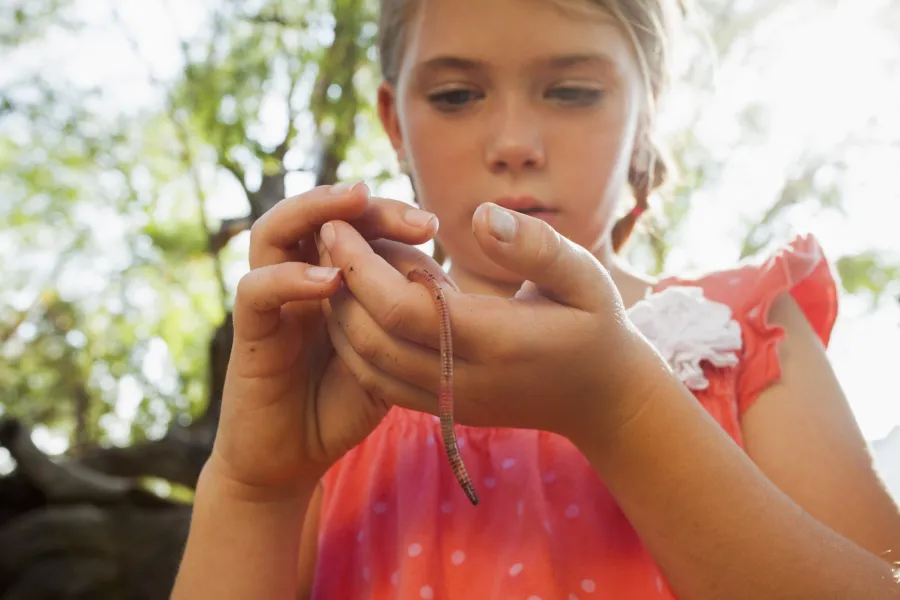
Meet the Worms
Now that we've talked about worms, let's meet some! Lead children outside for a worm hunt.
- Look under rocks and logs, in garden beds, near a water source. After a heavy rain is a good time to look for worms that have come to the surface for air.
- Bring a bowl or bucket with some damp leaves and soil to place the worms as you collect them.
- Encourage kids to identify the different anatomy parts on the real worms. Ask questions during the exploration; refer to activity sheet included in the printer friendly version linked below.
- Cups of red worms are available for purchase seasonally at your local Pike Nurseries.
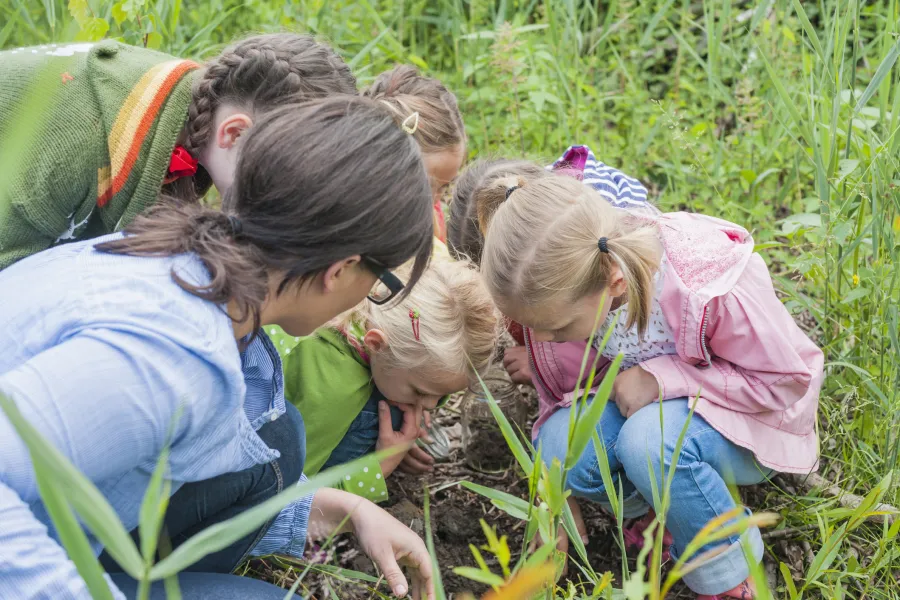
Other Worm Activities
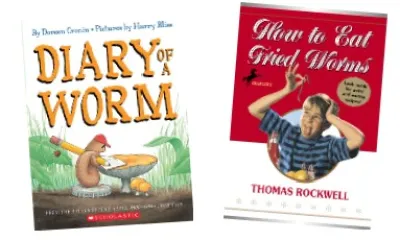
Story Time
Read books such as "Diary of a Worm" or "How to Eat Fried Worms." Kids can also write their own stories about a worm character.
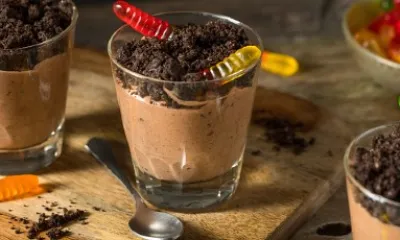
Snack Time
Make "dirt cups" with chocolate pudding, crushed chocolate cookies, and gummy worms. Yum!
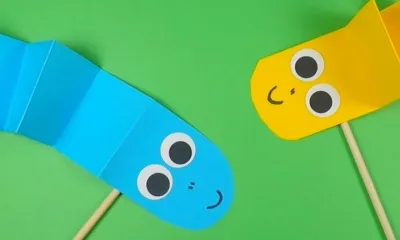
Craft Time
Make simple worm
puppets by folding strips of paper and attaching small wooden
dowels or straws. Source
Education Standards
This lesson plan supports science education standards for grades K to 5.
Georgia
Kindergarten -
2nd Grade
Life
Science (SKL1 & SKL2)
Life
Science (S1L1)
Earth
& Space Science (S2E3) & Life Science (S2L1)
3rd - 5th Grade
Life
Science (S3L1)
Life
Science (S4L1)
Life
Science (S5L1)




